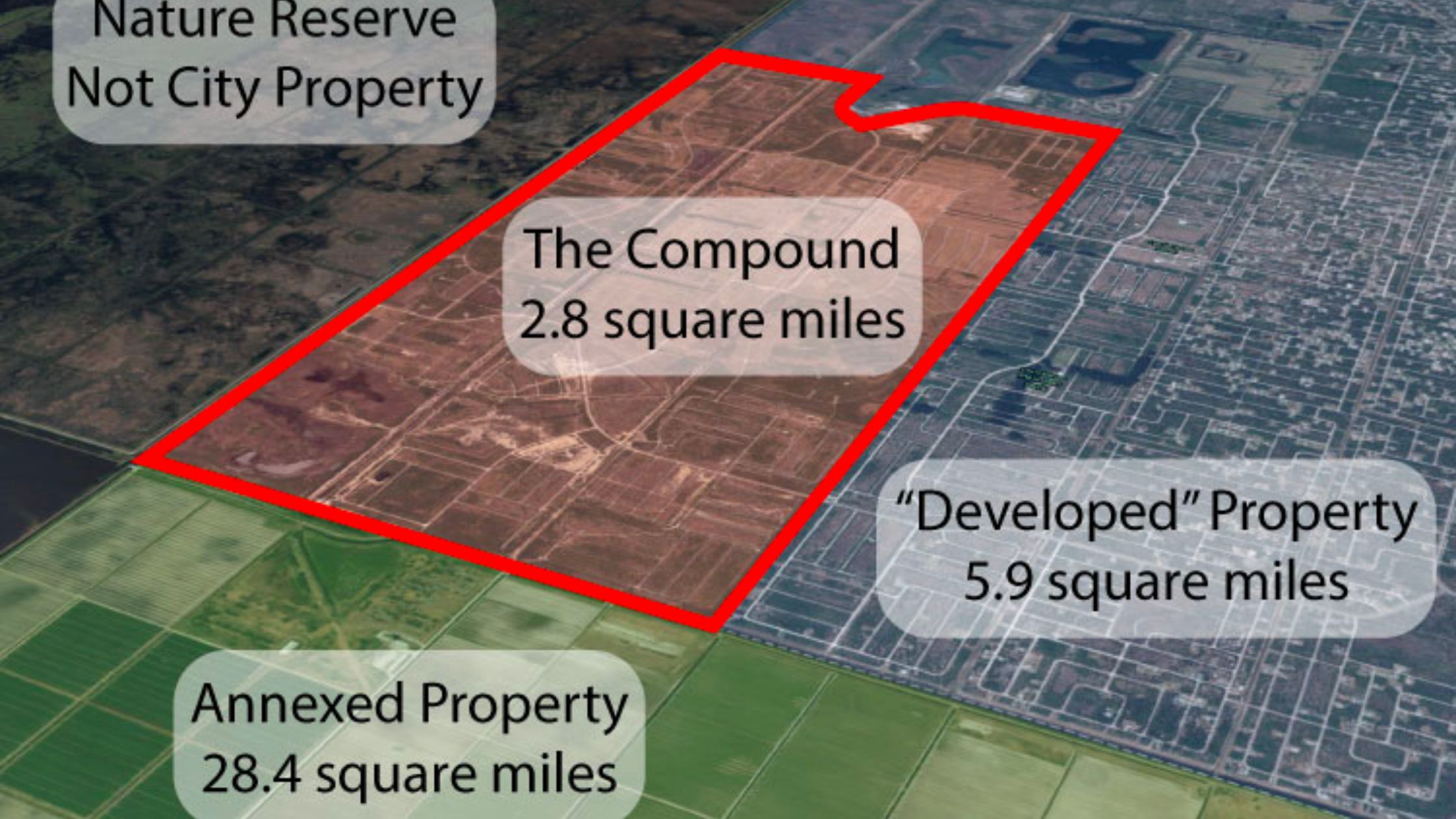Exploring Incorporation: A Feasibility Study for Merritt Island’s Future
Brevard County paid for a study to weigh the pros and cons of Merritt Island becoming its own municipality. Below is a summary of the findings. The complete report will be attached at the end as well as the process of becoming a municipality.
Introduction:
Florida’s Merritt Island, located on the East Coast, holds a unique position as part of the Florida Space Coast. With a population estimated to surpass 44,000 in 2022, Merritt Island is a well-established community dating back to the early 1940s. As community leaders consider the viability of incorporation, they seek to achieve “Home Rule” to control their destiny, preserve their quality of life, and receive a greater share of Brevard County tax dollars. This study delves into the possibilities and challenges of incorporating Merritt Island into an independent municipality, providing an impartial assessment of the tasks and presenting findings for consideration.
SWOT Analysis:
A comprehensive SWOT (Strengths, Weaknesses, Opportunities, and Threats) Analysis was conducted to evaluate Merritt Island’s current conditions and potential outcomes of incorporation. Strengths highlighted the community’s diverse population, job opportunities, historical significance, and strong sense of identity. On the other hand, weaknesses identified issues such as traffic congestion, lack of infrastructure, and the need for improved public services.
Opportunities for incorporation emerged as a way to establish a local government focused on specific service levels and negotiate with other entities for essential services. However, the threat of potential difficulties in negotiating long-term agreements and the reliance on property taxes for revenue also surfaced.
Expenses:
The study outlined strengths like conservative expenditure estimates and a financial plan with budget contingencies. It also acknowledged the potential weaknesses of depending on property taxes and the need to establish in-house services in the future. Opportunities included developing an innovative, efficient municipal government and negotiating with other agencies for services. The main threat involved insufficient funds for disaster reserves, which could necessitate tax increases.
Revenue:
The analysis found strengths in conservative revenue estimates and a diverse revenue capacity, including ad valorem property taxes, public service tax, and fees. However, relying on property taxes initially and the impact of the Save Our Home Amendment on property owners were identified as weaknesses. Opportunities included petitioning the state Legislature for earlier state shared revenues and altering revenue mix based on community preferences. Threats encompassed potential delays in accessing revenue-raising capabilities and the need for early tax increases.
Contractual Services:
The study identified strengths like utilizing other agencies’ strengths, avoiding extensive capital costs, and fostering a competitive environment. However, the lack of control over policy decisions made by contracted agencies was considered a weakness. Opportunities included keeping initial municipal costs low and flexibility in adjusting service levels. The main threats involved changes in political or administrative leadership in outside agencies and potential delays in negotiating contractual services.
Conclusion:
The feasibility study explored the possibilities and challenges of incorporating Merritt Island as an independent municipality. It emphasized the community’s desire for “Home Rule” to maintain its unique culture and lifestyle. While incorporation presents opportunities to establish local governance, negotiate services, and attract quality businesses, it also poses threats related to funding, policy changes, and potential delays.
The findings from this study will be essential for community leaders to make informed decisions regarding the future of Merritt Island. Whether Merritt Island remains part of unincorporated Brevard County or embraces incorporation, this study serves as a critical guide for shaping the community’s destiny and preserving its cherished way of life.
Summary:
Residents of Merritt Island have expressed a mix of opinions and concerns about the possibility of the community becoming a municipality. While some view incorporation as an opportunity to have direct control over local governance and decision-making, others worry about potential added expenses and increased property taxes. Many residents appreciate the unique identity and characteristics of Merritt Island and fear that incorporation could change the area’s rural charm and lead to uncontrolled growth. Concerns have been raised about the present level of local government services provided by Brevard County, with some feeling that Merritt Island doesn’t receive its fair share of support and services relative to its contributions to the county.
Residents hope that becoming a municipality would provide more local representation, allowing for greater control over zoning, development, and service delivery. They express the desire for improved infrastructure, parks, recreation, and community engagement, as well as a master plan for future growth and development. However, there is a consensus that careful planning and consideration are needed to ensure that the community’s unique character is preserved while addressing the challenges and potential benefits of incorporation.
Overall, the decision to incorporate Merritt Island requires careful evaluation and open communication with residents to understand the implications fully. As the community leaders explore the viability of incorporation, it is essential to consider the diverse viewpoints and hopes of the residents to make an informed and thoughtful decision that aligns with the community’s values and aspirations.
Feasibility-Study-Draft Procedures-for-Incorporation



